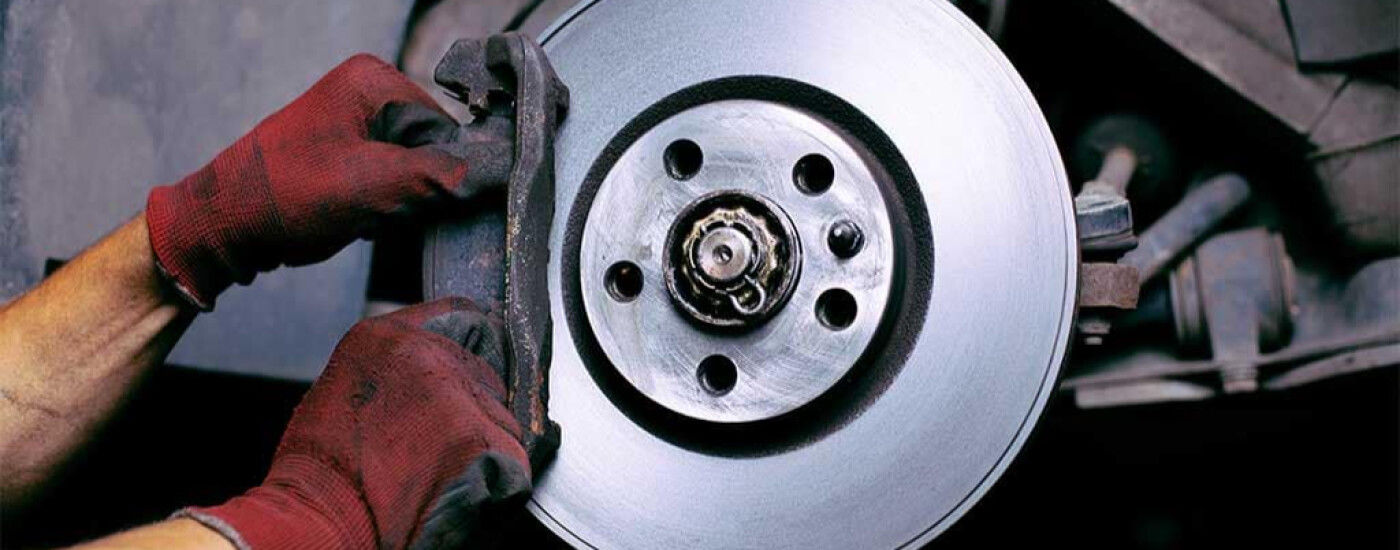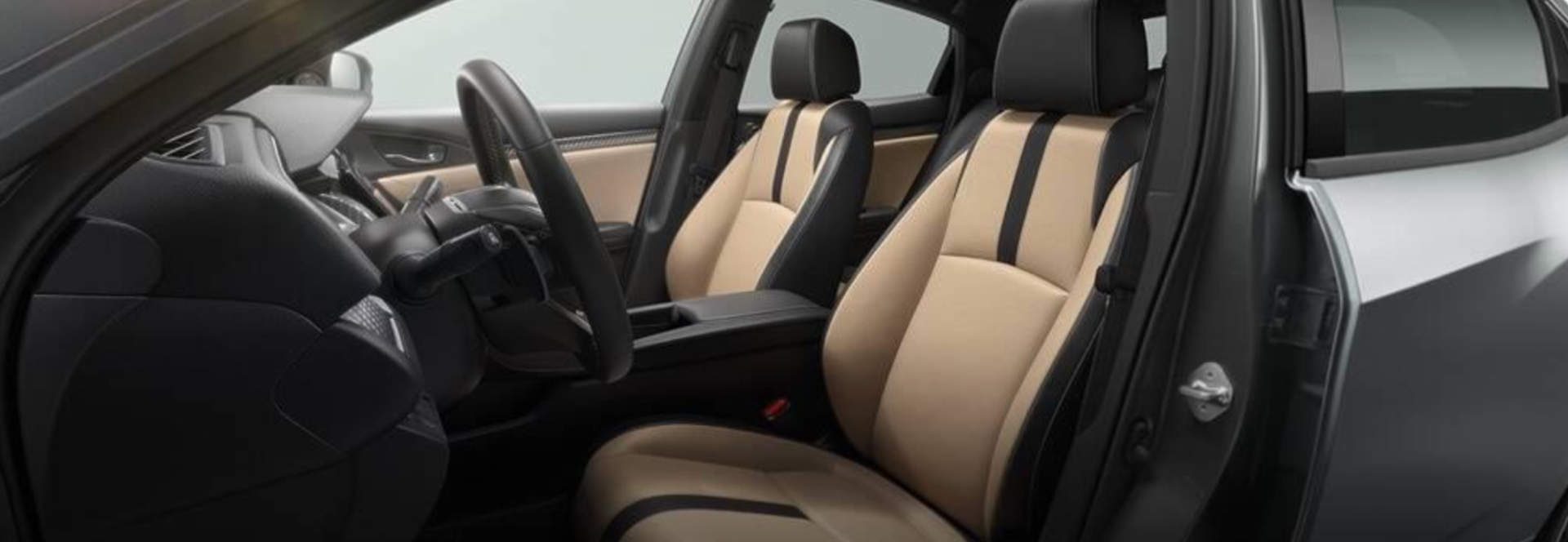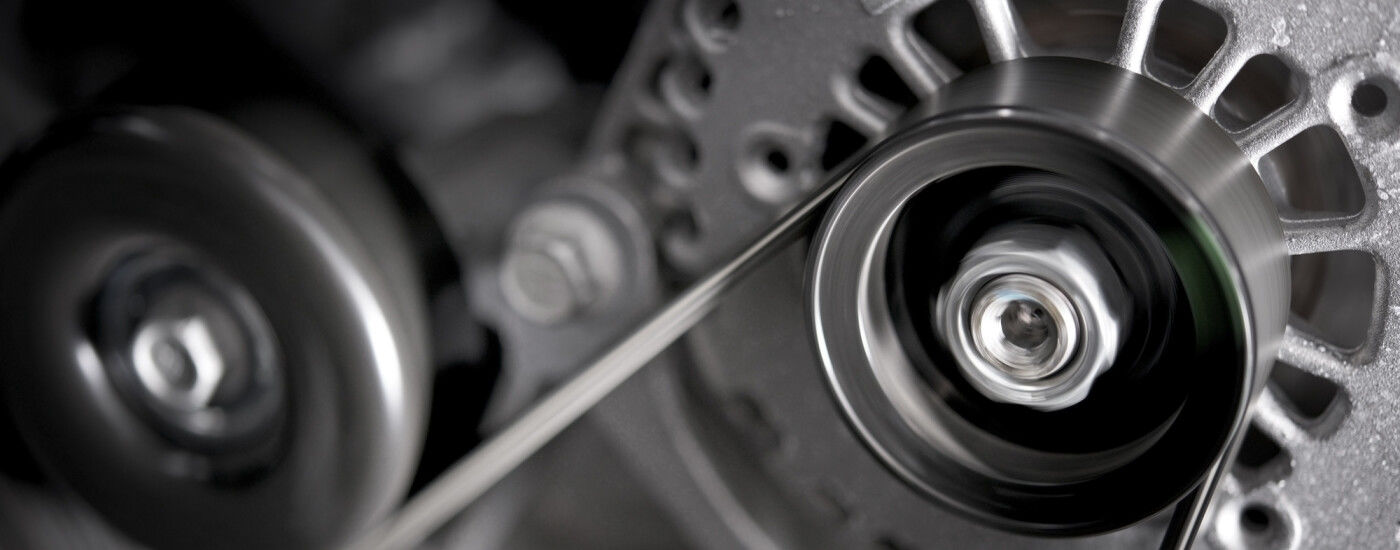How Do Car Brakes Work?
March 06 2022, Century Honda

Truro drivers wanting to learn more about their car may be curious about how the brake system works. Honda vehicle's brake system works by a combination of components working together to keep you and your family safe on the road. Learn more about how your car brakes work and how to best care for them with the team at Century Honda, and contact us if you have any questions along the way.
How the Brake System Works
The most important safety feature helping Nova Scotia drivers on the road is the brake system. Let’s take a closer look at how disc brakes, drum brakes, and the handbrake work in the brake system.
Disc Brakes
If drivers have ever looked through the hubcap and spotted a metal disc inside, that’s the disc brake. When the brake pedal is pressed, the brake disc pad makes contact with the brake disc and causes the car to slow down and come to a stop. Imagine the brakes found on a bicycle, disc brakes on cars operate similarly.
Drum Brakes
Drum brakes operate differently than disc brakes and are found on the rear wheels of some cars. Inside the wheel, the drum brakes have two rugged brake shoes that are housed within a cylinder and are pushed in and out by pistons. When the brakes are applied by the driver, brake fluid fills the cylinder, the cylinder then pushes out the pistons, and allows the shoes to connect with the drum, bringing the vehicle to a stop.
Handbrakes
Another important part of how the brake system works is the handbrake. Typically, the handbrake is found between the front seats of the car and is meant to be an emergency braking system. Unlike the standard brake systems, how these car brake works are by using a lever system to pull on a pair of cables that apply the brakes to the back wheels. Handbrakes are entirely mechanical, so as the handbrake is pulled, it tightens even more.
Caring for Car Brakes
Sidney drivers should have their brakes and brake pads checked at least once a year. Easily schedule routine maintenance at Century Honda with the online tool. Between checkups, drivers can follow these tips to care for their brakes:
- Keep enough distance between other drivers on the road to avoid braking unnecessarily.
- When stopping, coast to slow down before applying the brakes.
- Monitor the brake fluid levels and replace when needed.
- Keep watch for any visual or audible warning signs that something is wrong.
Signs it’s Time to Check the Brakes
Truro drivers don’t want to overlook problems when it comes to their brake system. Immediately stop into the service center at Century Honda if there are any of these signs are observed:
- The dashboard brake warning light is on.
- Any squeaking or grinding sounds are observed when braking.
- Leaking fluid is observed.
- The driver smells something burning.
- When stopping, the vehicle jumps or bounces.
Take Care of Your Honda with Century Honda!
Your brake system is an important part of your vehicle and it’s important to be aware of the warning signs. If you’re still wondering about how car brakes work, talk to the team in our service center. Our expert technicians use genuine OEM parts to provide you with quality care. Be sure to take a look at the current service specials, so you can save on your service.





